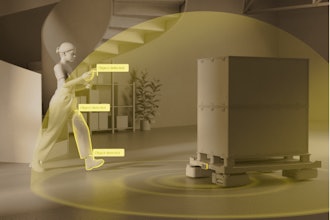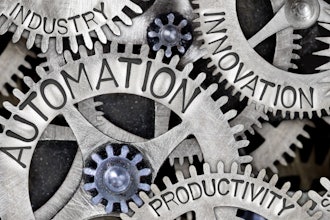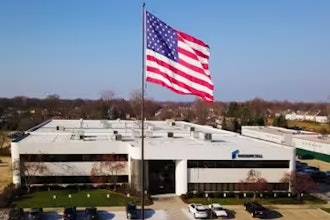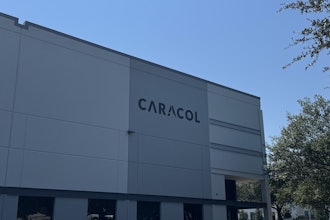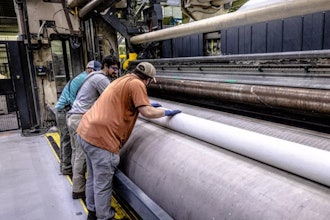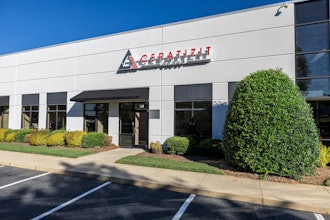In an industry as mature as automotive manufacturing, you’d think that every conceivable cost efficiency has been exploited. Not so. Many of the world’s most successful car makers and parts producers are now using Big Data and analytics to drill ever deeper into their operations.
One area of data being mined to new depths is material handling — specifically the utilization of forklifts and other industrial trucks. And no wonder. The costs associated with a forklift can add up to over $200,000 per truck per year:
- Operator labor: up to $180,000 per truck per year for a three-shift operation
- Truck acquisition: $25,000-$30,000
- Maintenance, including damage repairs: $3,000-$8,000 per truck per year
- Energy (battery/electricity or LPG): $2,000-$5,000 per truck per year
- Safety administration (training, checklist management, accident investigations): $1,000+ per truck
Here are three ways that Forklift Analytics have helped auto manufacturers reduce costs and rethink industrial engineering standards.
1) Equipment And Labor Cost Reductions
One major automaker used Forklift Analytics to identify gaps in expected vs. actual lift truck usage. As a result, the company was able to eliminate 7 percent of its forklift fleet, saving approximately $500,000 per year, and cut labor costs by over $2 million per year.
Analytics first identified underperforming plants at the enterprise level. Heat maps showed how each plant compared in terms of productivity (time the vehicles were actually in motion) and utilization (time in a given period the trucks were used at all).
Next, analytics identified gaps of activity, focusing on the underperforming sites. Charts revealed the peak number of forklifts active at any given moment, compared to the total quantity of trucks available. This gap represented an opportunity to reduce the fleet and reallocate operators.
But which specific vehicles could be eliminated? Forklift analytics provided that answer, too.
A different set of heat maps identified trucks at each plant that were used far below the fleet average. Of course, some trucks were low-use because they were needed only occasionally for specific tasks, and those trucks could not be eliminated. But many of the low-use trucks were common types, and it was easy to retire them from the fleet.
And in a three-shift operation, each truck eliminated resulted in three operators reassigned.
2) Safety Culture Change And Damage Cost Reduction
Analytics helped one auto manufacturer enforce best practices in forklift safety, leading to an 80 percent reduction in accidents and damage costs.
Forklift analytics provided key performance indicators (KPIs) for multiple safety metrics, including:
- Rate of impact events per vehicle motion time
- Rate of vehicle lockouts due to critical safety issues
- Rate of vehicle lockouts due to failure of operators to complete safety checklists
Analytics drilled down from an enterprise view, through site data, all the way to detailed stats on individual forklift operators. This allowed management to identify the safest (and least-safe) forklift operations and target training (and discipline) where it was needed most.
This data enabled a fundamental change in safety culture, which led directly to the reduction in accidents and damage costs.
3) Maintenance Cost Reduction
Forklift analytics can take fleet maintenance management to another level. For one automaker that performs its own maintenance, this led to major improvements in labor efficiency and a double-digit reduction of preventive maintenance (PM) costs.
Forklift management technology provided four keys to boost maintenance efficiency:
- Alerting maintenance in real time when checklists flagged maintenance issues
- Tracking and planning PMs according to true vehicle motion time, not key or calendar time
- Locking out equipment in need of repair or overdue for PM
- Seeing the location of equipment on a facility map, so it could be retrieved quickly
Forklift Analytics analyzed maintenance data across the entire enterprise. This established fleet-wide benchmarks for site-by-site performance, revealing the most — and least — efficient maintenance practices.
Corporate managers then analyzed high-performing sites to see what worked, and applied those best practices to other sites. Plant managers at low-performing sites were able to investigate quickly, in detail, and identify ways to improve.
For example, Plant A performed PMs every 250-motion hours, while Plant B did them every 300 hours. Yet both plants had about the same rate of unplanned maintenance. Plant A therefore changed its PM routine to every 300 hours, saving about 17 percent of the time and money it spent on routine PMs.
These are the top three ways automotive companies have achieved major benefits from the Big Data of Forklift analytics. Are you mining this kind of data to reduce costs and improve productivity in your material handling operations?










